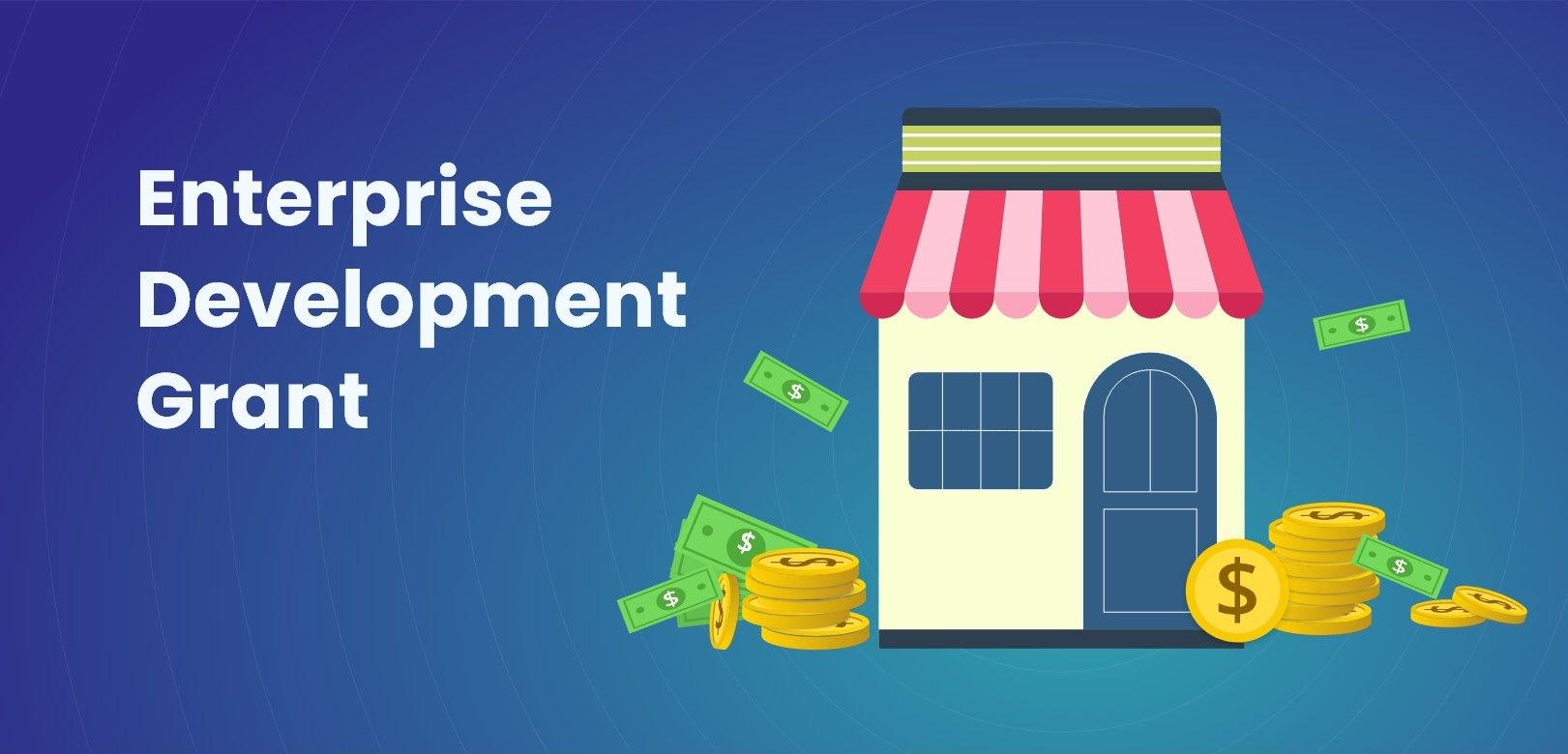As an entrepreneur or startup founder hustling in the dynamic business landscape of Singapore, you’re likely aware of the myriad growth opportunities. One such avenue is the Enterprise Development Grant (EDG), a powerful initiative that fosters the development of businesses across various sectors.
The EDG application process can be a game-changer, leading to strategic advancements, technology adoption, and international expansion. But with this significant opportunity comes the onus of crafting an application that stands out for all the right reasons.
Here are the essential dos and don’ts to effectively pursue an enterprise development grant for your enterprise.
1. Do: Understand the Eligibility Criteria
The first golden rule is to walk before you run. Take time to familiarise yourself with the extensive guidebook provided by Enterprise Singapore. Understand the nitty-gritty of eligibility standards to know if you qualify.
Essential Guidelines
- Your company should be registered and operating in Singapore, with at least 30% local shareholding.
- Your proposed project must be strategic in driving your business development and local or overseas market expansions.
- Prior governmental support for similar activities may impact your eligibility.
Key Requisites
Be sure to meet general criteria such as financial health, preparedness for growth, and a record of potential and achievements that align with the grant’s goals before opening the application itself.
2. Don’t: Rush the Application Process
Resist the temptation to submit a hasty application. Rushed work often leads to overlooked details, which in turn can result in a failed or subpar application that doesn’t accurately reflect the potential of your project.
Importance of Preparation
Start by mapping out a clear application schedule. Include time for research, drafting project plans, financial projections, and gathering supporting documents. Reviewing and refining are paramount to ensure that your application is a polished representation of your enterprise’s ambitions.
Seeking Feedback
If possible, seek external review from mentors or industry professionals. Input from experienced individuals can provide a fresh perspective that might reveal new opportunities for the project or identify areas where more clarity is needed in your application.
3. Do: Clearly Define Your Project Scope and Objectives
Your application should tell a clear and compelling story. Use the project scope to set the narrative, detailing why your project is vital for your company’s growth, how it addresses existing market challenges, and what specific outcomes you hope to achieve.
Articulating Objectives
Articulate your objectives with precision to align with the enterprise development grant‘s goal of promoting strategic and innovative business growth. Define how your project will enhance your company’s competitiveness, increase productivity, or open up new revenue streams.
Demonstrating Scope
Ensure that your project scope is both feasible and ambitious. Balance it by showing the EDG evaluators that you have thoroughly considered the intricacies of the implementation and that you have the resources, team, and will to see it through successfully.
4. Don’t: Overpromise or Exaggerate
While it’s essential to present your project in a favourable light, avoid the pitfall of making unrealistic promises that cannot be kept. Overstating the potential outcomes can damage your credibility and weaken the integrity of your application.
Being Realistic
The team reviewing your application is likely to be seasoned in detecting overpromises. Therefore, it’s better to underpromise and overdeliver. This approach showcases prudence and foresight, reflecting positively on your enterprise’s management.
Being Transparent
If there are limitations to your proposed project, address them candidly. Explain what challenges may be encountered and how your team plans to mitigate them. This level of transparency can elevate your credibility and reassure the evaluating panel that you’re prepared for the realities of your endeavour.
5. Do: Provide Supporting Documentation
Documentation serves as tangible evidence supporting your application’s claims. Compile a strong set of supporting documents that reinforce your project’s merits, such as project plans, financial statements, and endorsement letters.
Essential Documents
- A comprehensive Business Plan highlighting your company’s current and future positioning, market analysis, and the role of the EDG-funded project.
- Financial documents should offer lucid insights into your company’s worth and sustainability, especially against the investment requested.
- Endorsement letters from industry partners, clients, or suppliers can substantiate how your project fills a need in the market or strengthens your business relationships.
Organising Your Files
Keep copies of all the collated documents organised in a digital and physical format. Maintain a clear structure so you can refer to specific points in your application quickly. By doing so, you demonstrate a level of preparedness that reflects positively on your enterprise.
6. Don’t: Ignore the Evaluation Criteria
Understand that your application will be judged against a set of stringent evaluation criteria. Neglecting this in your preparation is akin to going to battle without knowing the terrain.
Familiarising with the Criteria
The evaluation criteria typically assess the strategic alignment, innovation, and project execution capabilities. Ensure that your application addresses each criterion with clarity and conciseness.
Aligning Your Application
Tailor your application to explicitly show how your project meets these criteria. Use relevant case studies, industry benchmarks, and best practices to strengthen your arguments. A clear alignment with the assessment framework significantly increases your chances of success.
7. Do: Seek Professional Assistance if Needed
Grant application processes are complex and multi-faceted. There’s no shame in seeking help from professionals who are well-versed in the nuances of the process.
The Benefits of Expertise
Consultants who specialise in grant applications can offer invaluable advice on structuring your project, formulating your narrative, and attaining the desired level of detail in your application.
Vendor Engagement
If your project involves procurement of specific services or technologies, the involvement of potential vendors can bring expertise to your application and clarity to your project’s pathway.
8. Don’t: Miss the Application Deadline
A missed deadline is a missed opportunity. Ensure absolute clarity on when the application period opens and closes, then build in buffer time to avert last-minute panic scenarios.
Planning for Success
Set reminders and create a series of alerts across team members. If necessary, have an individual or team dedicated to tracking the application timeline, ensuring that nothing falls through the cracks.
Final Review
Perform a final review of your application against the criteria and cross-reference it with the mandatory documents checklist. This process should be completed well in advance of the deadline to allow for any unforeseen issues.
9. Do: Follow Up on Your Application
After the sweat and toil of preparing your application, don’t go silent. Proactivity in checking on your application’s status can provide additional information on what the evaluators are seeking and can potentially help in the event of a reconsideration or resubmission.
Polite Inquiry
A polite inquiry about the review timeline and the need for any additional information can maintain your application’s salience.
Continuous Engagement
Maintain your engagement with Enterprise Singapore – attend workshops, contribute to industry engagement activities, and seek one-on-one consultations. This not only reflects your commitment to growth but also keeps your application at the forefront.
As you embark on the EDG application process, keep in mind that it is more than a simple checklist. It presents a chance to express your enterprise’s vision and secure the backing to transform it into a tangible reality. Following these guidelines, you lay the foundation for a compelling application that has the potential to propel your business to new heights of success.










